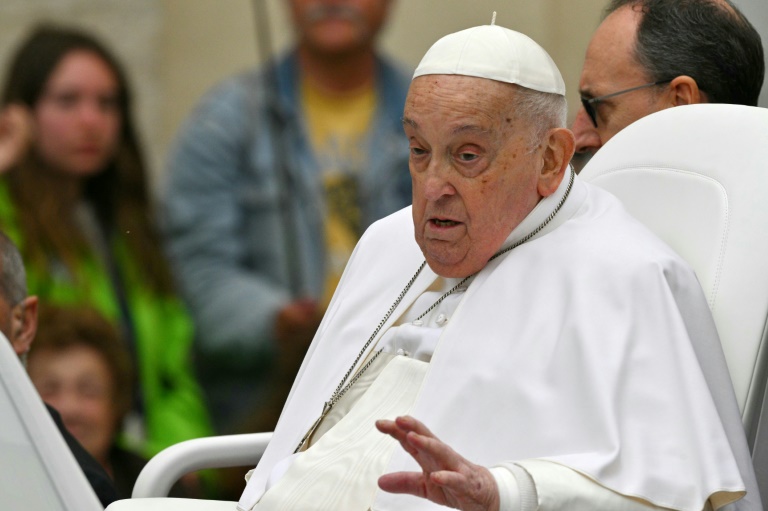Pope Francis’s Death Underscored the Persistent Threat of Disinformation
The passing of Pope Francis, a figure revered globally for his message of compassion and reform, triggered an outpouring of grief and tributes. However, amidst the genuine expressions of sorrow, a wave of disinformation, both old and new, surged through online platforms. This unfortunate phenomenon highlighted the persistent vulnerability of even the most solemn occasions to manipulation and the spread of falsehoods in the digital age. The Pope, a staunch critic of disinformation throughout his 12-year papacy, ironically became a posthumous victim of the very scourge he condemned. His warnings against the dangers of "fake news" and its potential to sow discord and demonize individuals proved tragically prophetic in the aftermath of his own death.
The disinformation campaign following the Pope’s passing took various forms, from recycled hoaxes to newly fabricated content. One resurrected falsehood was the manipulated video clip purporting to show Pope Francis swatting away the hand of former President Donald Trump, a distorted representation of their actual interaction. This doctored video, originally created as a comedic skit, resurfaced in an attempt to misrepresent the Pope’s stance on political issues. Other instances of manipulated or out-of-context content included a video falsely linking satanic rituals to the Pope’s funeral and a photograph of him with Holocaust survivors misconstrued as evidence of ties to the Rothschild family, feeding into anti-Semitic conspiracy theories.
This surge of disinformation reflects a troubling trend observed following the deaths of other prominent figures, such as Queen Elizabeth II. The heightened online attention surrounding such events creates a fertile ground for malicious actors seeking to exploit public interest for their own agendas, whether it be promoting political narratives, spreading conspiracy theories, or generating financial gain through scams and fraudulent websites. As digital literacy expert Mike Caulfield explains, "content follows attention," meaning that those seeking to disseminate disinformation strategically target moments of heightened public interest to maximize their reach and impact. This opportunistic behavior underscores the need for increased vigilance and critical thinking skills in navigating the online information landscape.
The proliferation of AI-generated images further complicated the situation. Fake depictions of Pope Francis, such as one showing him in a rainbow LGBTQ Pride flag and another featuring him in a stylish puffer coat, resurfaced and circulated online. New AI-generated fabrications, including an image of the Pope’s body in an open casket, also emerged. Some of these AI-created images were accompanied by malicious links leading to scams or fraudulent websites, as revealed by cybersecurity research. This highlights the increasing sophistication of disinformation tactics and the potential for AI to be weaponized for malicious purposes. The Pope himself had cautioned against the misuse of AI technologies to manipulate minds just months before his death, a warning that proved tragically prescient.
The disinformation surrounding Pope Francis’s death serves as a stark reminder of the ongoing challenge posed by false and misleading information in the digital age. The ease with which such content can be created, disseminated, and amplified online necessitates a multi-pronged approach to combating its spread. This includes promoting media literacy education, strengthening fact-checking initiatives, and holding social media platforms accountable for the content they host. Moreover, individuals must cultivate critical thinking skills and exercise caution when encountering information online, particularly during periods of heightened public interest and emotional vulnerability.
The Pope’s own words provide a poignant framework for understanding the insidious nature of disinformation and the importance of upholding truth and accuracy. His condemnation of "fake news" as a tool for discrediting and demonizing others, his assertion that there is "no such thing as harmless disinformation," and his warning against the misuse of AI for manipulation all underscore the urgency of addressing this growing threat. The disinformation campaign that followed his death serves as a tragic testament to the enduring relevance of his message and a call to action for individuals, organizations, and governments to work together in combating the spread of falsehoods and protecting the integrity of information in the digital age.


